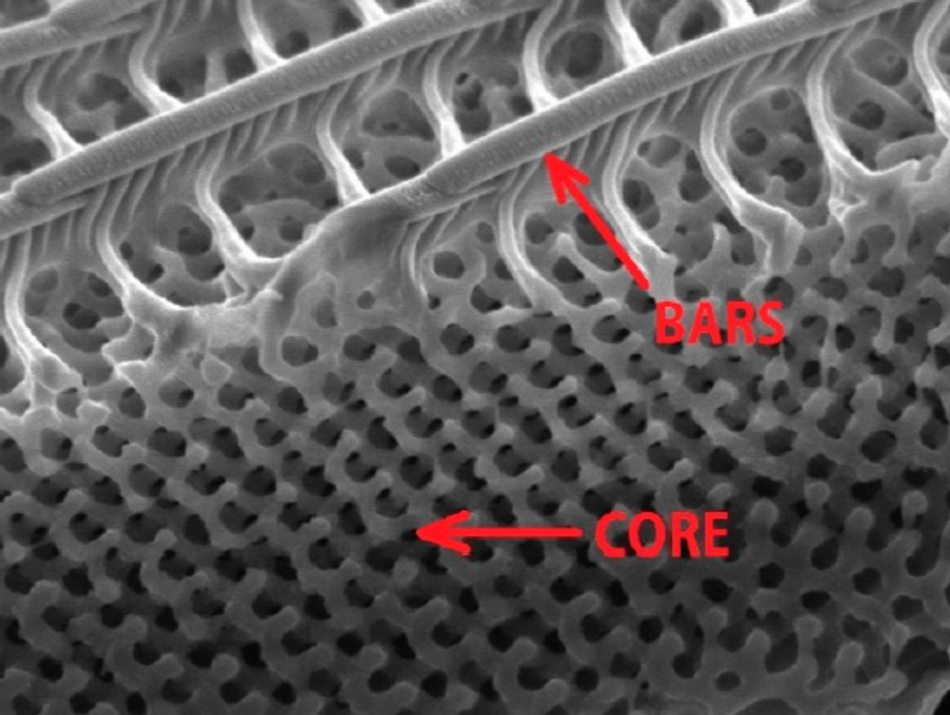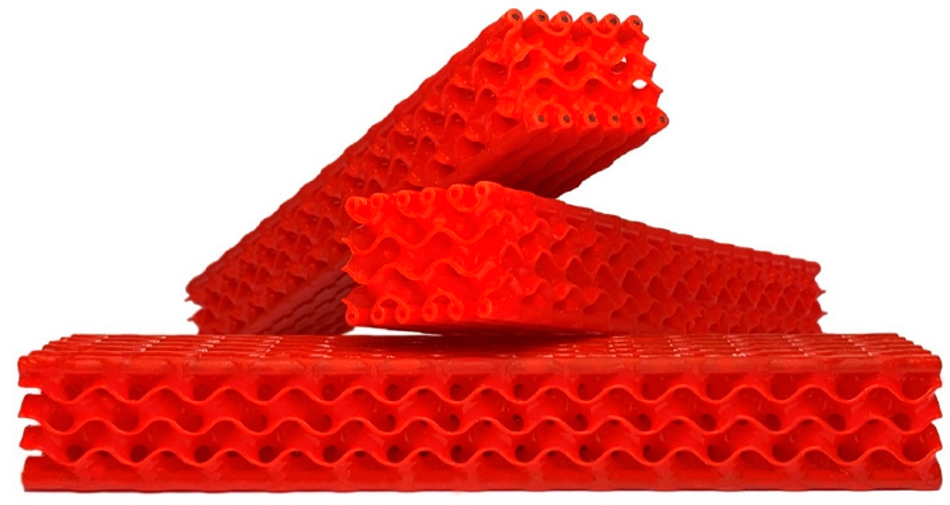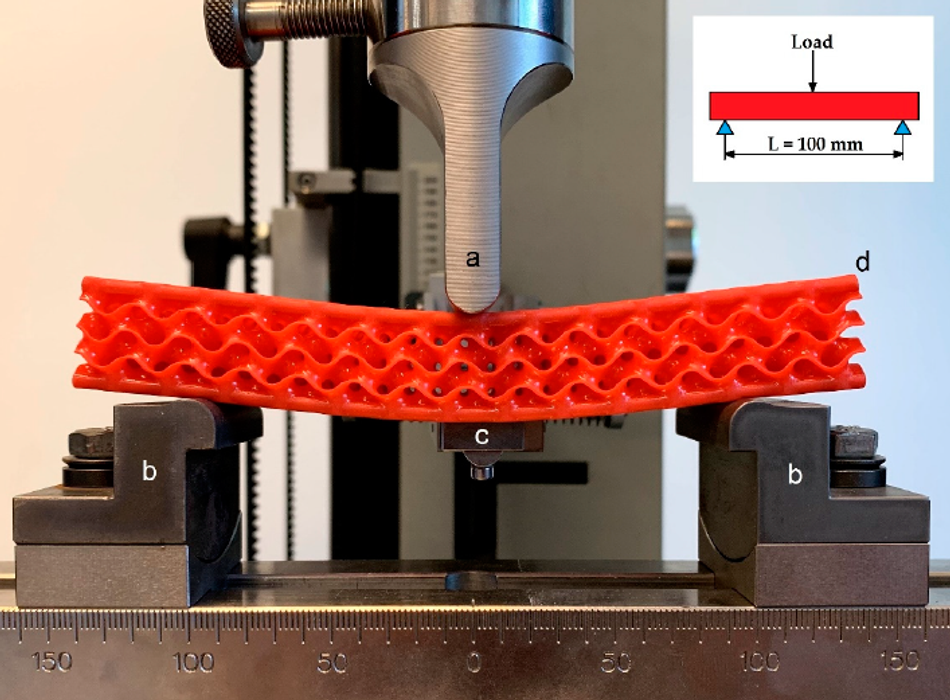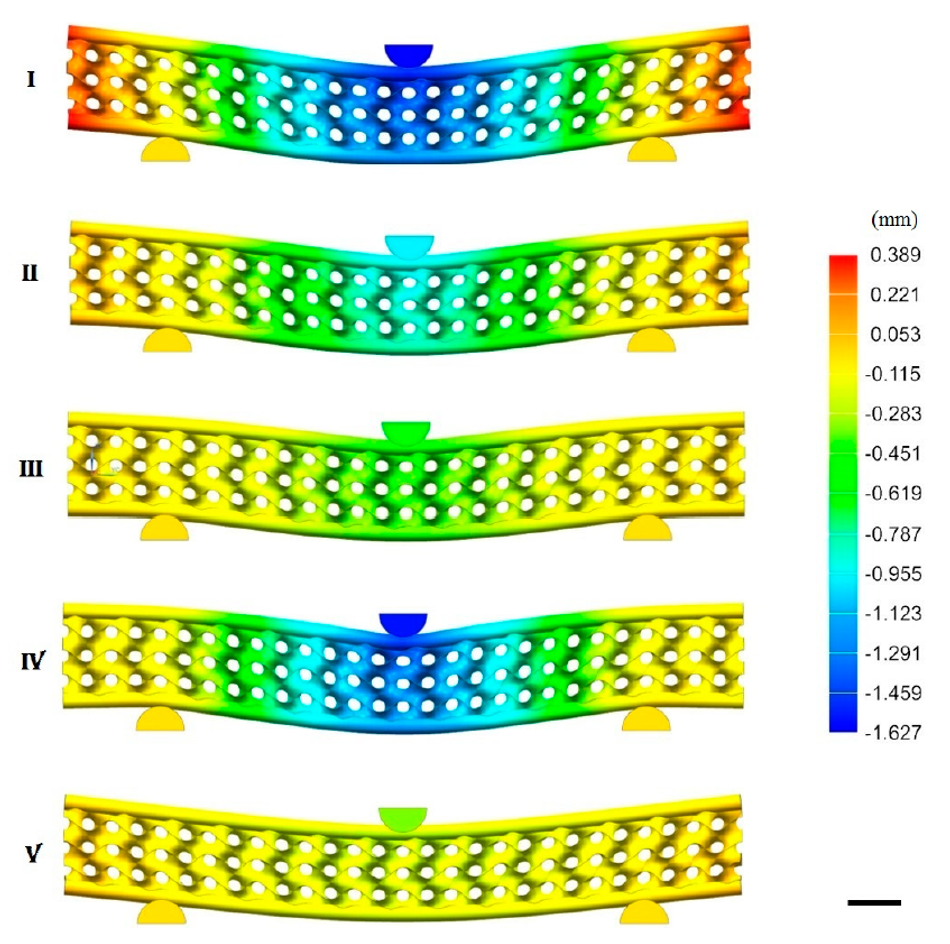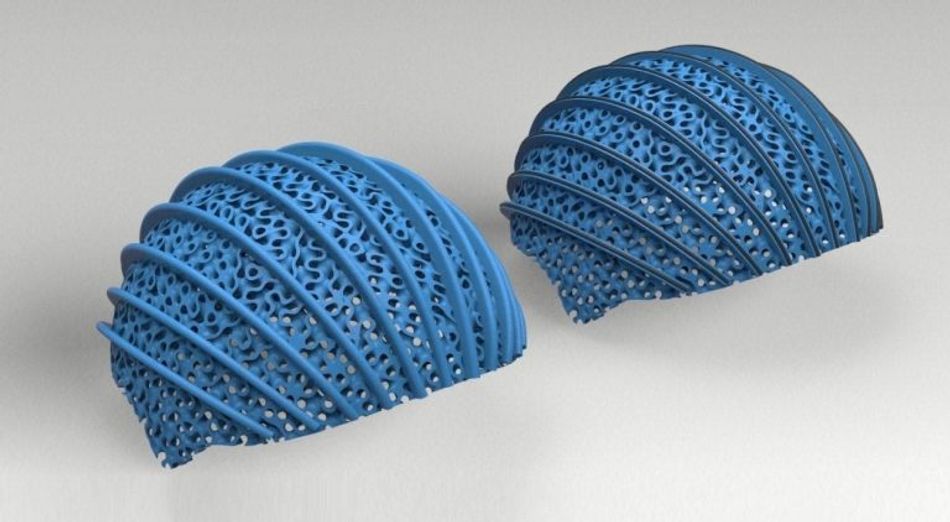Bio-inspired materials: from butterfly wings to bike helmets
Read below to see how a Ph.D. student used nTop Platform to help him realize complex design intent

An innovative bike helmet designed with nTop Platform
This article was first published on
ntopology.comA combination of gyroid and carbon fiber inspired by butterfly wings
I am a researcher on the topic of Complex Ceramic Architectures Additive Manufacturing at Mechanical Engineering and Materials Technology Institute in Switzerland. I have been working for Professor Alberto Ortona, head of the Hybrid Materials Laboratory. I am currently a first-year Ph.D. student at the University of Padua and my Ph.D. focuses on designing, additively manufacturing, and testing of silicon carbide cellular structures for high-temperature applications.
A project that I’ve been working on is designing a structure inspired by nature. Biological structures such as butterfly wings are natural hybrid materials made up of multiple components combined in specific geometries and scales. Butterfly wings have widely inspired researchers due to their design and multifunction such as attracting their mates (optical) or escaping predators (aero-mechanical). Indeed, from a mechanical perspective, their wings can be considered a structure that is optimized for bending loads. The goal of my project was to design and manufacture a new ultra-lightweight structure optimized for bending (commonly called sandwich structure) inspired by their wings.
Diving into the design
To achieve this goal, I first needed to understand the microstructure of a butterfly wing. As you can see, in a cross-section of a wing scale, the highly porous central region separates two outer regions which are supported by a frame whereby load-bearing bars are connected to the porous core by perpendicular smaller bars (Figure 1). The topology of the inner porous region maximizes the structure’s rigidity while simultaneously minimizing its weight. The architecture of the porous structure can be described as a gyroid: an infinitely triply periodic minimal surface (TPMS). In relevance to natural science, TPMS structures have been observed in several biological membranes.
After observing their microscale, I further evolved the structure by reinforcing the external elements with carbon fiber-reinforced plastic (CFRP) rods.
While these structures could be theoretically designed they could never be manufactured until the advent of additive manufacturing (AM).
Realizing the design intent
The model (Figure 2) was designed and simulated with finite element analysis (FEA) to optimize its hybrid structure and parameters: (d) CFRP rods diameter; (t) gyroid surface thickness; (s) rods casing diameter.
Figure 2: 3D model designed and simulated
The structures were additively manufactured (Figure 3) through the stereolithography (SLA) technique. SLA allows for the fabrication of three-dimensional polymer parts with UV radiation that induces the photopolymerization of a reactive monomer. The structures were manufactured by exploiting the top-down approach. In this process, the STL model is sliced into two-dimensional cross-sections, allowing for their projection in sequence and building the part layer by layer. The CFRP rods were inserted in their casings and bonded to them through a thin layer of a two-component epoxy glue that was applied to the rods before their insertion.
Evaluating the manufactured structures
In order to evaluate the mechanical behavior of the structures, 3-point bending, quasi-static experimental tests were performed with a universal material electromechanical testing machine at standard conditions. Figure 4 shows the experimental 3-point bending apparatus.
A 3D FEM-based approach followed to simulate the experimental 3-point bending tests on the structures. Ultimately, experimental results were compared with the FEA output in the linear-elastic regime. The validation of the simulation was performed comparing the bending deformation of the structure with the experimental one under the same condition. The structure with CFRP rods had more than twice the stiffness of the non-reinforced structure (46 N/mm and 20 N/mm, respectively) and withstood a maximum load of about 280 N (100 N without CFRP). The results of the FE model confirm these values. Figure 5 shows the FE results with different configurations of the CFRP rods diameter (d) and gyroid surface thickness (t).
Using nTop Platform to further utilize the structure
An advantage of this solution over the standard sandwich structures is that it directly connects the solid part of the porous core to the mating reinforcing element and further minimizes its mass. The proposed topological approach can be applied to many materials as long as there is a difference in the elastic modulus between the core and the ribs. The design can become more demanding from a computational point of view if you want to generate complex objects.
To demonstrate the feasibility of this concept, thanks to nTop Platform, I was able to design an innovative bike helmet. The structure consists of an ultra-lightweight helmet made up of gyroid cells and reinforced with carbon fiber bars. This concept design aims at combining the lightness and transpiration of gyroid architectures with the unmatched mechanical properties of carbon fiber reinforced plastics (CFRP), which are placed (like in the butterfly wing) to enhance the impact protection right where it is needed.
What’s next
This is one of the many spin-off applications that can be developed starting from our work “Nature-Inspired, Ultra-Lightweight Structures with Gyroid Cores Produced by Additive Manufacturing and Reinforced by Unidirectional Carbon Fiber Ribs” (https://doi.org/10.3390/ma12244134).
The next steps are to perform a detailed design of the component, additively manufacture a prototype helmet, integration of CFRP ribs, and test. We are currently looking for partners for this second phase.
This article was first published on the nTopology blog.
